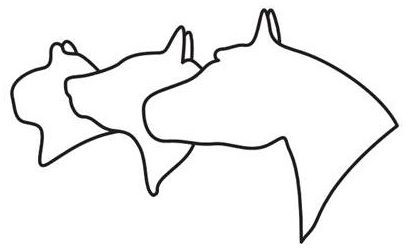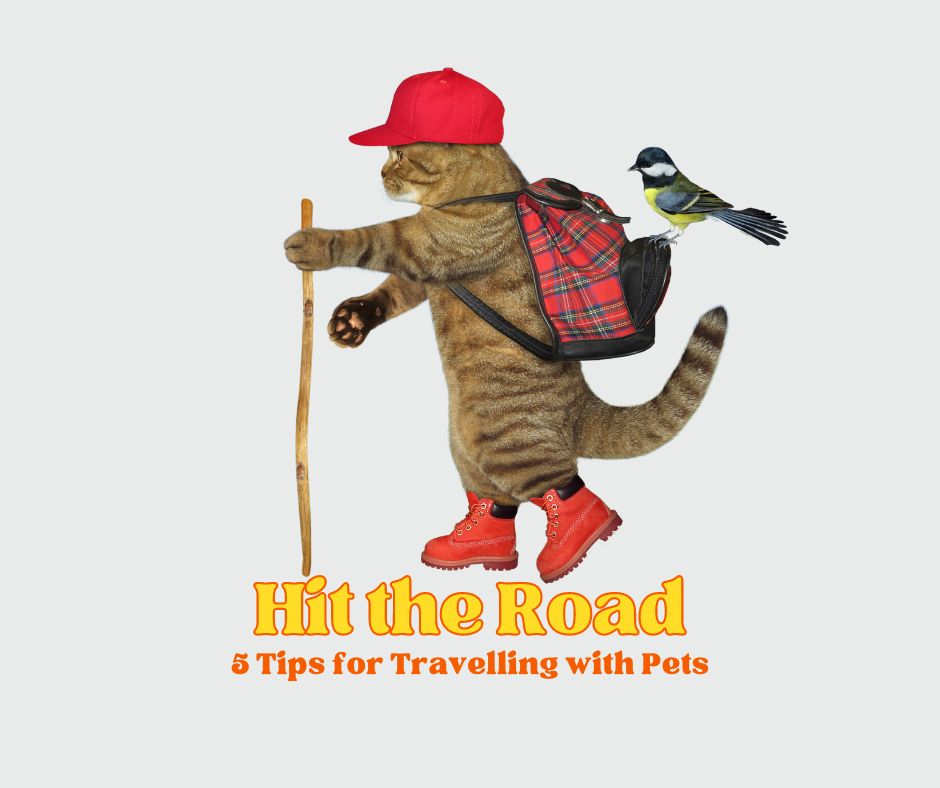Communication is an essential part of any relationship, including the one between you and your pets. While pets can’t speak in human languages, they communicate volumes through their body language. Understanding these signals can help you better meet their needs and avoid potential problems. Today, we’ll guide you through some common body language cues from dogs and cats, complete with visual examples, to help you understand what your furry friends might be trying to tell you. Keep in mind that this is simply a guide and every animal is different.
Understanding Dog Body Language
Dogs are expressive animals and use their entire body to communicate how they feel. By observing a dog’s ears, tail, eyes, mouth, and posture, you can gauge their emotions and intentions.
Happy or Excited Dog
– **Ears:** Natural position, not tense
– **Tail:** Wagging in a relaxed manner
– **Eyes:** Normal size, may be squinting slightly
– **Posture:** Loose, possibly with an open mouth and tongue out
Nervous or Anxious Dog
– **Ears:** Pulled back or flat
– **Tail:** Lowered or tucked between legs
– **Eyes:** Wide open, showing more of the whites
– **Posture:** Lowered body, may try to make themselves small
Aggressive or Threatened Dog
– **Ears:** Flattened or pointed forward
– **Tail:** Stiff and raised
– **Eyes:** Hard stare, possibly narrowed
– **Posture:** Stiff and tall, showing teeth
Decoding Cat Body Language
Cats are often seen as mysterious creatures, but their body language can provide clear insights into their mood and health. Pay attention to their tail, ears, eyes, and overall body posture.
Happy and Content
– **Tail:** Held high with a slight curve at the tip
– **Ears:** Forward and alert
– **Eyes:** Half-closed or blinking slowly
– **Posture:** Relaxed, may be lying down or sitting upright comfortably
Nervous or Frightened
– **Tail:** Tucked under the body or low to the ground
– **Ears:** Flattened against the head
– **Eyes:** Wide open, dilated pupils
– **Posture:** Crouched or trying to appear smaller
Aggressive or Defensive
– **Tail:** Puffed up and bristled
– **Ears:** Flattened backwards
– **Eyes:** Narrowed, fixed gaze
– **Posture:** Arched back, may swat or hiss
Conclusion
Both dogs and cats use a variety of body cues to express themselves, and understanding these can dramatically improve the way you interact with them. Always consider the whole picture — a combination of cues will tell you more than a single sign.
Remember, these images serve as a general guide. Individual animals may exhibit variations in body language, and it’s important to learn each pet’s unique ways of expressing themselves. If you notice signs of stress or aggression, it’s wise to consult a professional, like your veterinarian or an animal behaviorist, for guidance and advice.
By becoming fluent in your pet’s body language, you not only ensure their well-being but also deepen the bond you share with them.
FOR A MORE DETAILED BREAKDOWN, explore these helpful videos:




